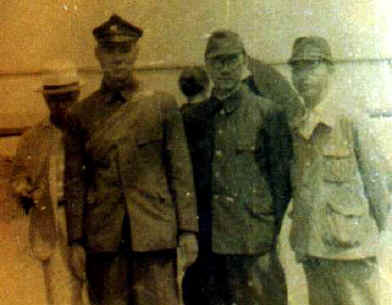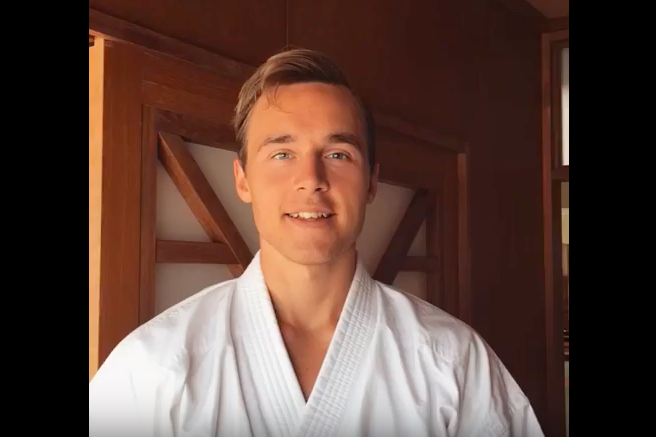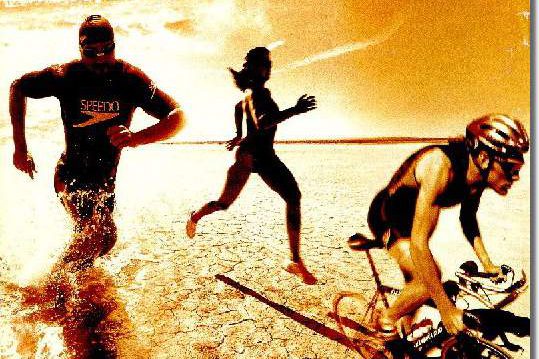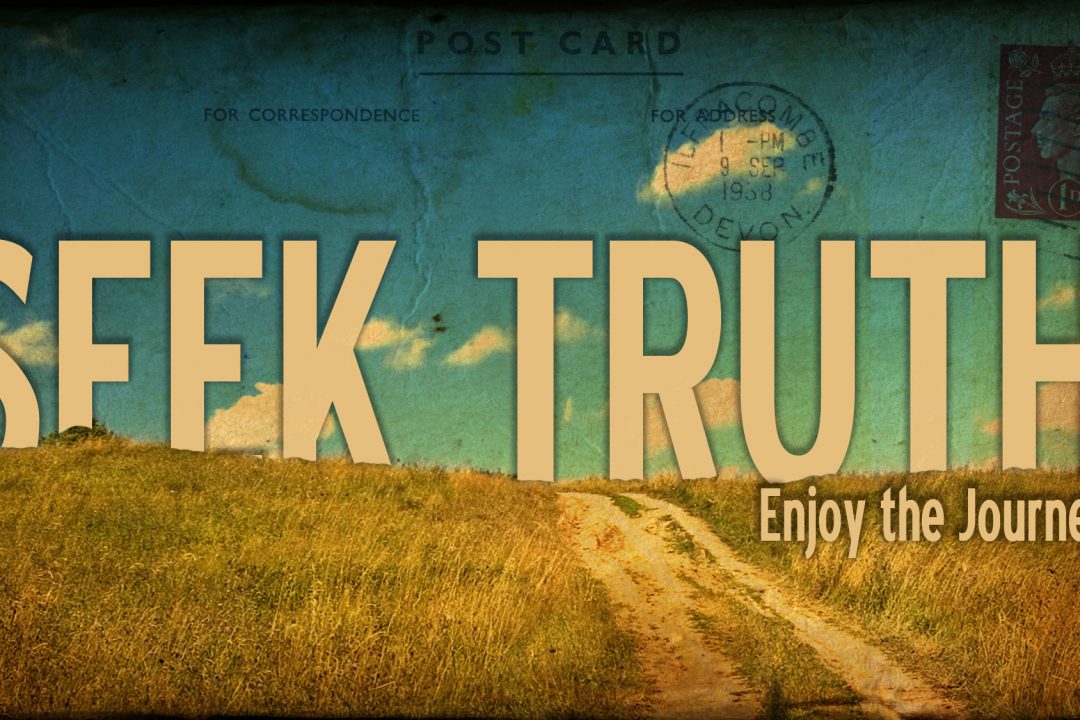Continued from part 1.
Mabuni and Kobudô
One aspect rather rarely reported about Mabuni Kenwa is the fact that he was also a profound expert in the traditional Okinawan weapon art of Kobudô. Mabuni had already learnt the use of the Bô (6 ft. stick) and the Sai (iron fork) from his teacher Aragaki.
Later on, Mabuni perfected his abilities with Chinen Sanda (1842-1928) and his especially gifted and most famous student Yabiku Moden (1882-1945), who was also the primary teacher of Taira Shinken (1897 – 1970). Other important sources of influence were Tawada Shimbuku (1851-1920) and Sueyoshi Jino (1846-1920).
Mabuni always regarded Karate and Kobudô as a single entity and thus constantly taught weapon-forms during his time in Japan. In doing this, Mabuni has been the first to effectively introduce Kobudô to the Japanese mainland.
Mabuni’s most-famous Kobudô student was probably Taira Shinken. Taira first trained in Karate with Funakoshi and Kobudô with Yabiku Moden. After Yabiku awarded Taira with the Shihan Menkyô (Great Master-license) in 1933 (Shôwa 8), he told him to continue his studies under the tutelage of Mabuni. In the six years following 1934 (Shôwa 9), Mabuni taught Taira and introduced him both to the stickfighting techniques (Bô-jutsu) of Sesoko, Sueyoshi and Urasoe, as the Sai-jutsu of Hantaguwa and Hamahiga.
During the following years Taira Shinken standardized the curriculum and Kobudô’s Kata and even famous students of Mabuni, like Sakagami Ryusho (1915-1993) became students of Taira later on.
Today Taira Shinken is regarded by most historians as the most important Kobudô master of the pre-war era.
Mabuni and Koryû Jûjutsu
Fighting styles and especially techniques of weaponless close combat have a long tradition in Japan. According to the ’Nihon Shôki’, already in 23 BC, ’Nomi no Susuke’ should have killed his much stronger opponent ‘Kuyehaya of Taima’ with the use of vital-point techniques (Atemi-waza). When Karate was publicly demonstrated for the first time on the Japanese mainland in Kyôto on the 5th of May 1917 (Taishô 6), Japan already had a distinctive martial arts scene with a complex system of classical fighting-styles (Dai-Nihon Bugei or Koryû Bujutsu). These systems (Ryûha) usually hark back to ancient Japanese noble families and encompass training in various weapon and weaponless fighting techniques. These have been handed on within the families for centuries.
 After Mabuni’s relocation to the mainland, you see the influence of his training in several classical Japanese weaponless fighting systems (Jûjutsu, Yawara or Taijutsu). We know that Mabuni trained intensively and exchanged techniques with Ôtsuka, Ueshiba, Konishi and Fujita Seikô (1899-1966), the 14th grandmaster of Koga-ryu Wada-ha Ninjutsu. His son Kenei reports that they gave each other “many suggestions concerning the development of their styles”.
After Mabuni’s relocation to the mainland, you see the influence of his training in several classical Japanese weaponless fighting systems (Jûjutsu, Yawara or Taijutsu). We know that Mabuni trained intensively and exchanged techniques with Ôtsuka, Ueshiba, Konishi and Fujita Seikô (1899-1966), the 14th grandmaster of Koga-ryu Wada-ha Ninjutsu. His son Kenei reports that they gave each other “many suggestions concerning the development of their styles”.
It is evident that these masters introduced Mabuni at least to some of the techniques and concepts of their practiced Ryûha, like Musô-Ryû, Takenouchi-Ryû, Shindô Yôshin-Ryû, Tenshin Shinyô-Ryû, Shinkage-Ryû Jûjutsu, Daitô-Ryû Aikijutsu or Nanban Sattô-Ryû.
In 1941 (Shôwa 16) Mabuni introduced his student Iwata Manzô (1924-1993) to Fujita Seikô, in order to have him taught in Fujita’s Daien-Ryû Jôjutsu. Mabuni had taught Bôjutsu to Iwata, but thought that the Jô (4 ft. stick) would suit him better. Although Mabuni does in this case just follow the traditional Karate mindset, which always puts the knowledge above the teacher or style, this incident does also indicate Mabuni’s open standpoint concerning the Japanese martial arts. It appears like that he had a quite mature attitude about it, seeing the huge advantages of open dialogue instead of admitting in rivalry or rat-races.
“Master Mabuni Kenwa made relations with all persons and styles, with open mind and positiveness. This is how Iwata Manzô and Fujita engaged with Master Mabuni Kenwa.” Iwata’s son Genzo remember. In fact, Iwata did not only train Daien-Ryû Jôjutsu (up to Menkyô Kaiden-level) with Fujita. He furthermore became his Uchi-deshi (in-house student) and inheritor to Nanban Sattô-Ryû and Shingetsu-Ryû Shuriken-jutsu.
Fujita’s Nanban Sattô-Ryû Kenpô (aka Nanban Ippô Jûjutsu) is of special interest in this case, as this style, similar to Karate, highly relies on strikes and kicks, which it combines with throws (Nage-waza) and joint-manipulation techniques (Kansetsu-waza). Originally taught by the Satsuma-clan, it does emphasis the use of Atemi-waza, but does not contain any solo-forms (Kata).
“He [Mabuni] studied any martial art that surged at the time, always looking for the positive.” Iwata Genzo remembers. As pointed out before, we know that not only Mabuni’s student Iwata, but also Mabuni himself enjoyed some teaching by Fujita. The influence the renowned Fujita had on Mabuni becomes quite clear when you consider another quote of Iwata’s son Genzo, where he states: “Bunkai kumite was taught by Mabuni Kenwa but some parts were changed for Sattô-Ryû style. Master Mabuni then took this style in some parts that fitted with reason, specially Gyaku-waza [counter-techniques] and Nage-waza.”
Especially because of people like Konishi and Fujita, Mabuni also came into contact with other leading exponents of the contemporary Japanese martial arts scene, like Ueno Takashi “Chosui” Tenshin (1899-1976). Ueno was an expert of a multitude of Japanese Ryûha, and had reportedly both a strong ‘ki’ (energy), a hot temper and close connections to the Japanese Mafia (Yakuza). Both Konishi and Fujita taught regularly at Ueno’s ‘Renseikan Dôjô’ in Shinakawa, Tokyo. Right in this Dôjô, Ueno also taught Mabuni, Fujita and Sakagami Ryushô in Shindô Tenshin-Ryû Kenpô. On the other hand did Fujita Seiko teach Nanban Sattô-Ryû Kenpô to Ueno (in exchange to be taught Shindô Tenshin-Ryû Kenpô), Konishi and, as stated before, Mabuni Kenwa.
 Possibly the most important evidence about Mabuni’s extensive work in classical Japanese martial arts is the ’Bugei Ryuha Daijiten’ (Great Encyclopedia of Martial Arts Schools). This standard-work of the Japanese Ryûha names Mabuni Kenwa as the inheritor of the fighting tradition of Shinden Fudô-Ryû Kenpô. This school was originally founded as Shinden Jigan-Ryû by Yata Onseisai Noriaki (aka Taitô) and then later renamed by Yata Noriyuki (aka Kunino Ichirô) (1822-?). Mabuni was the 17th generation Sôke of the school and passed it on to his son Kenei, who then taught Ueno Takashi.
Possibly the most important evidence about Mabuni’s extensive work in classical Japanese martial arts is the ’Bugei Ryuha Daijiten’ (Great Encyclopedia of Martial Arts Schools). This standard-work of the Japanese Ryûha names Mabuni Kenwa as the inheritor of the fighting tradition of Shinden Fudô-Ryû Kenpô. This school was originally founded as Shinden Jigan-Ryû by Yata Onseisai Noriaki (aka Taitô) and then later renamed by Yata Noriyuki (aka Kunino Ichirô) (1822-?). Mabuni was the 17th generation Sôke of the school and passed it on to his son Kenei, who then taught Ueno Takashi.
But from whom Mabuni Kenwa originally learned this style is unsolved yet. As Yata Noriyuki was sentenced to life imprisonment in 1872 (Meiji 4), it is very unlikely that Mabuni ever received any direct teachings from him. All we can say for certain so far is that Mabuni studied this style intensively and also actively taught it to his students.
In view of Mabuni’s connection to the Japanese Koryû Jûjutsu, these remarks could just count as a first step. But based on this information we can already state that Mabuni, besides his Karate and Kobudô, also had considerable knowledge of Koryû Jûjutsu.
With concern to this interesting aspect, there is, without doubt, need for further research.
Stay tuned for part 3 (and/or 4), where Mabuni’s connections to JKA and Shotokan cast new light on the evolution of Karate.
And such.



9 Comments